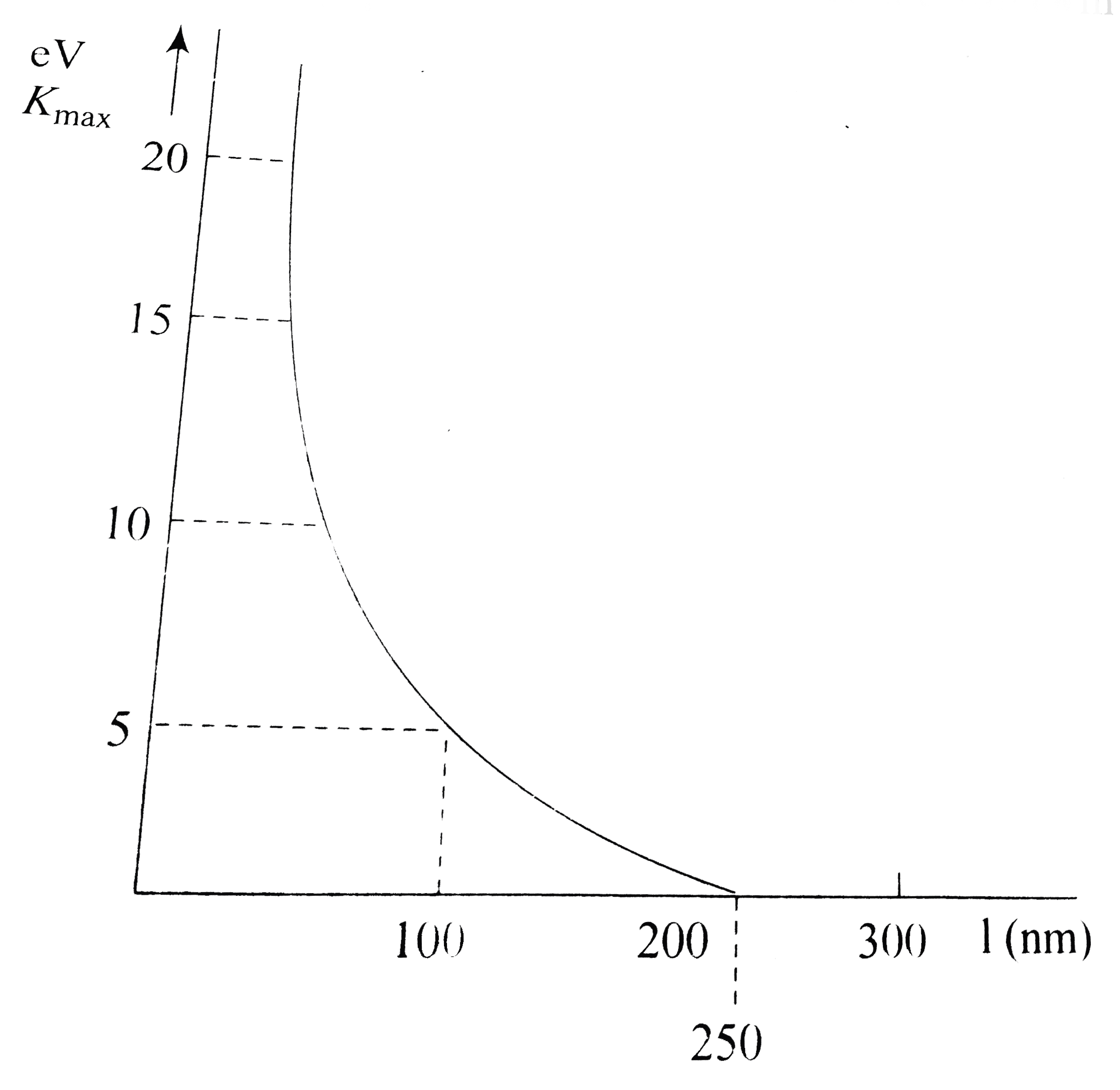It is found that yellow light does not eject photoelectrons from a metal. Is it advisable to try with orange light? With green light?
To solve the question regarding whether it is advisable to try using orange light or green light after finding that yellow light does not eject photoelectrons from a metal, we can follow these steps:
1. Understand the Photoelectric Effect: The photoelectric effect occurs when light of sufficient frequency strikes a metal surface, causing the ejection of electrons. The key factor here is the frequency of the light.
2. Identify the Frequencies of the Lights:
- Yellow light has a certain frequency (let's denote it as fy).
- Orange light has a lower frequency than yellow light (denote it as fo).
- Green light has a higher frequency than yellow light (denote it as fg).
- The order of frequencies is: Orange < Yellow < Green.
3. Threshold Frequency: For photoelectric emission to occur, the frequency of the incident light must be greater than the threshold frequency (f0) of the metal. Since yellow light does not eject photoelectrons, it implies that its frequency is less than or equal to the threshold frequency of the metal.
4. Evaluate Orange Light: Since orange light has a lower frequency than yellow light (fo<fy), it will also not be able to eject photoelectrons. Therefore, it is not advisable to try with orange light.
5. Evaluate Green Light: Green light has a higher frequency than yellow light (fg>fy). Since it has a higher frequency, it has a greater chance of being above the threshold frequency of the metal. Thus, it is advisable to try with green light.
Conclusion:
- Orange Light: Not advisable to try, as it has a lower frequency than yellow light.
- Green Light: Advisable to try, as it has a higher frequency than yellow light.
- Yellow light has a certain frequency (let's denote it as fy).
- Orange light has a lower frequency than yellow light (denote it as fo).
- Green light has a higher frequency than yellow light (denote it as fg).
- The order of frequencies is: Orange < Yellow < Green.
- Orange Light: Not advisable to try, as it has a lower frequency than yellow light.
- Green Light: Advisable to try, as it has a higher frequency than yellow light.
Topper's Solved these Questions
- PHOTO ELECTRIC EFFECT AND WAVE PARTICLE DUALITYBOOK - HC VERMA ENGLISHCHAPTER - PHOTO ELECTRIC EFFECT AND WAVE PARTICLE DUALITYEXERCISE - Exercise
35 Videos
- PERMANENT MAGNETSBOOK - HC VERMA ENGLISHCHAPTER - PERMANENT MAGNETSEXERCISE - Short Answer
11 Videos
- PHOTOMETRYBOOK - HC VERMA ENGLISHCHAPTER - PHOTOMETRYEXERCISE - All Questions
38 Videos
Similar Questions
Blue light can eject photo electron from a photo sensitive surface while orange light cannot. Then
View SolutionLight from balmer series of hydrogen is able to eject photoelectron from a metal what can be the maximum work function of the metal?
View SolutionA monochromatic light source of intensity 5 mW emits (8×1015) photons per second . This light ejects photoelectrons from a metal surface. The stopping potential for this setup is 2.0 V. Calculate the work function of the metal.
View SolutionThe work function for a metal is 4eV. To emit a photoelectron of
zero velocity from the surface of the metal, the wavelength of
incident light should be :
View SolutionThe work function for a metal is 4eV. To emit a photoelectron of zero velocity from the surface of the metal, the wavelength of incident light should be :
View SolutionCalculate the value of retarding potential in volt needed to stop the photoelectron ejected from a metal surface of work function 1.29 eV with light frequency of 5.5×1014sec−1 (nearly)
View SolutionWhich colour of light has a higher critical angle? Red light or Green light.
View SolutionWhat a certain was metal was irradiatiobn with light of frequency 1.6×1016Hz the photoelectron emitted but the kinetic energy as the photoelectron emitted when the same metal was irradiation with light of frequency 1.0×1016Hz .Calculate the threslold frequency (v0) for the metal
View Solution
In a photoelectric effect experiment , the maximum kinetic energy of the ejected photoelectrons is measured for various wavelength of the incident light. Figure shows a graph of this maximum kinetic energy Kmax as a function of the wavelength λ of the light falling on the surface of the metal. Which of the following statement/i is/ are correct?
View SolutionA light source of wavelength λ illuminates a metal and ejects photoelectron with (KE)max=1eV.
Another light source of wave length λ3, ejects
photoelectrons from same metal with (KE)max=5eV.
Find the value of work function (eV) of metal.
View Solution
